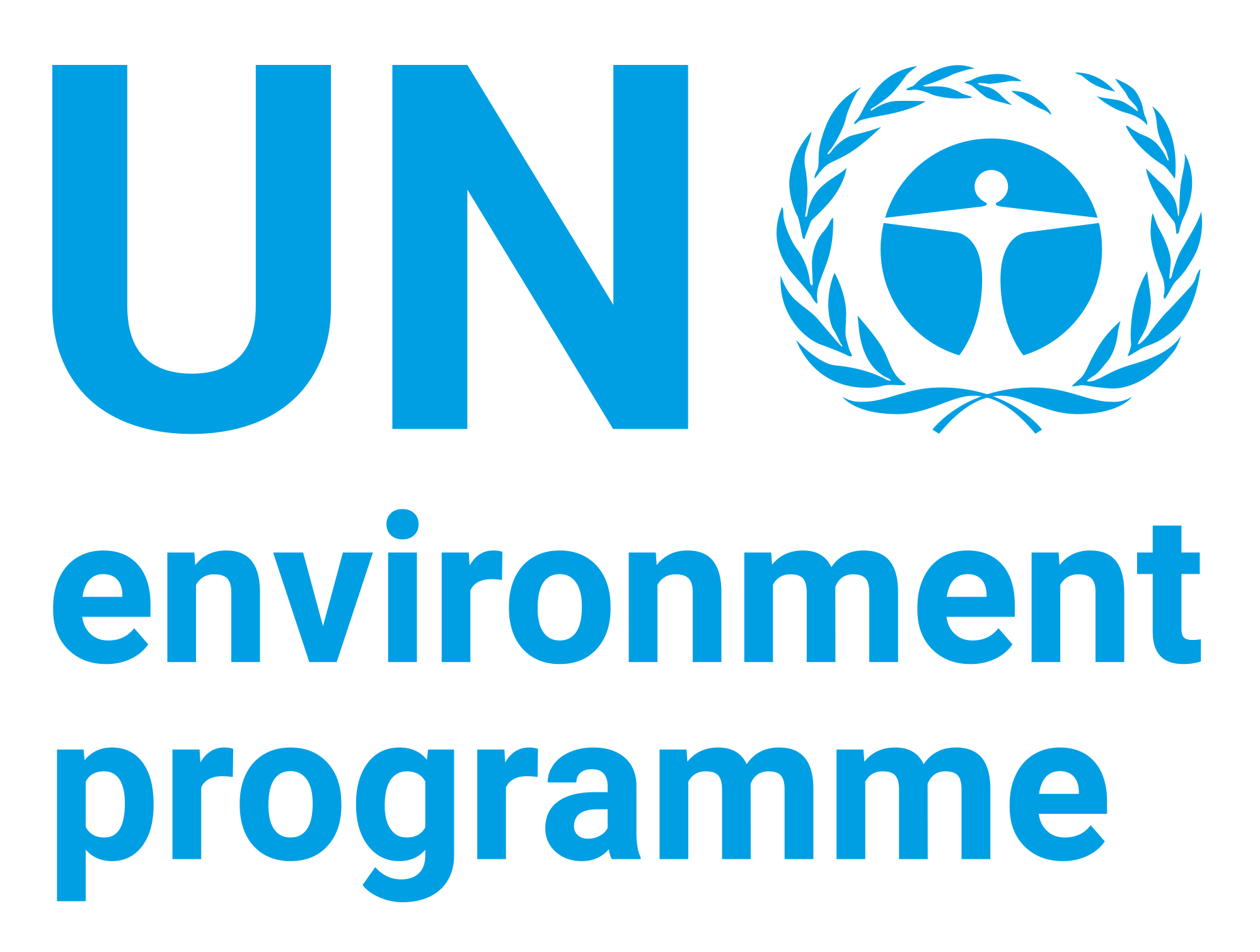| dc.contributor.author | United Nations Environment Programme World Conservation Monitoring Centre | |
| dc.date.accessioned | 2016-10-11T20:04:14Z | |
| dc.date.available | 2016-10-11T20:04:14Z | |
| dc.date.issued | 1996 | |
| dc.identifier.uri | https://wedocs.unep.org/20.500.11822/8309 | |
| dc.description | The main purpose of this project was to explore where the last remote wilderness areas, resorts for nature, man and biodiversity can be found in the Arctic, as well as the pressures they are subjected to and their main threats. Since the Arctic Environment Protection Strategy (AEPS), the awareness of large undisturbed areas in the Arctic has grown, as well as the realisation of the threats and the speed of fragmentation. | |
| dc.language | English | |
| dc.rights | Public | en_US |
| dc.subject | Arctic region | en_US |
| dc.subject | land conservation | en_US |
| dc.subject | land use | en_US |
| dc.subject | natural area | en_US |
| dc.subject | environmental protection | en_US |
| dc.subject | natural environment | en_US |
| dc.subject | nature conservation | en_US |
| dc.subject | nature protection | en_US |
| dc.subject | resource conservation | en_US |
| dc.title | The 25 largest un-fragmented wilderness Areas in the Arctic | |
| dc.type | Reports, Books and Booklets | |
| dc.type | Reports, Books and Booklets | en_US |
| wd.identifier.sdgio | http://purl.unep.org/sdg/SDGIO_00000049 | |


